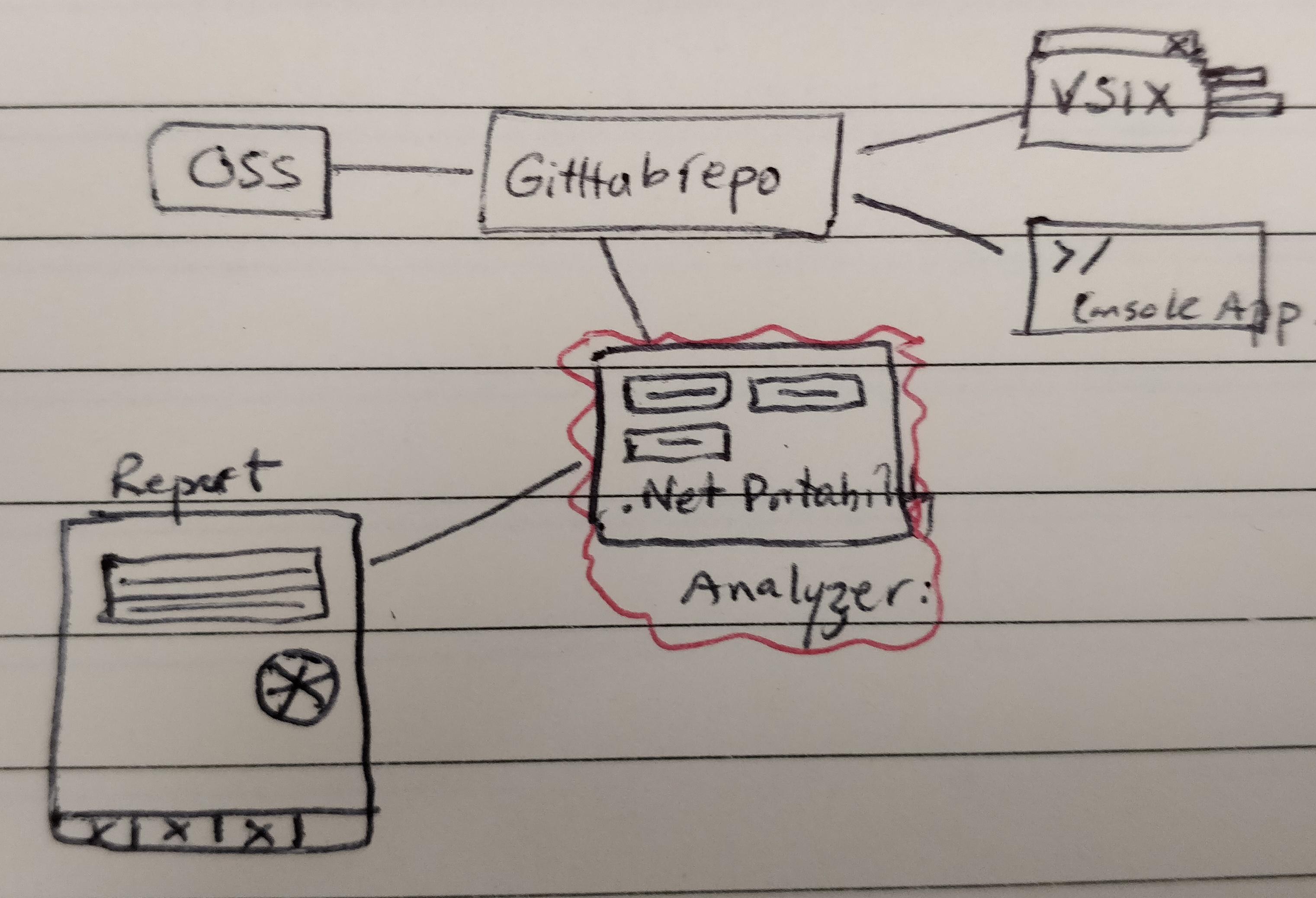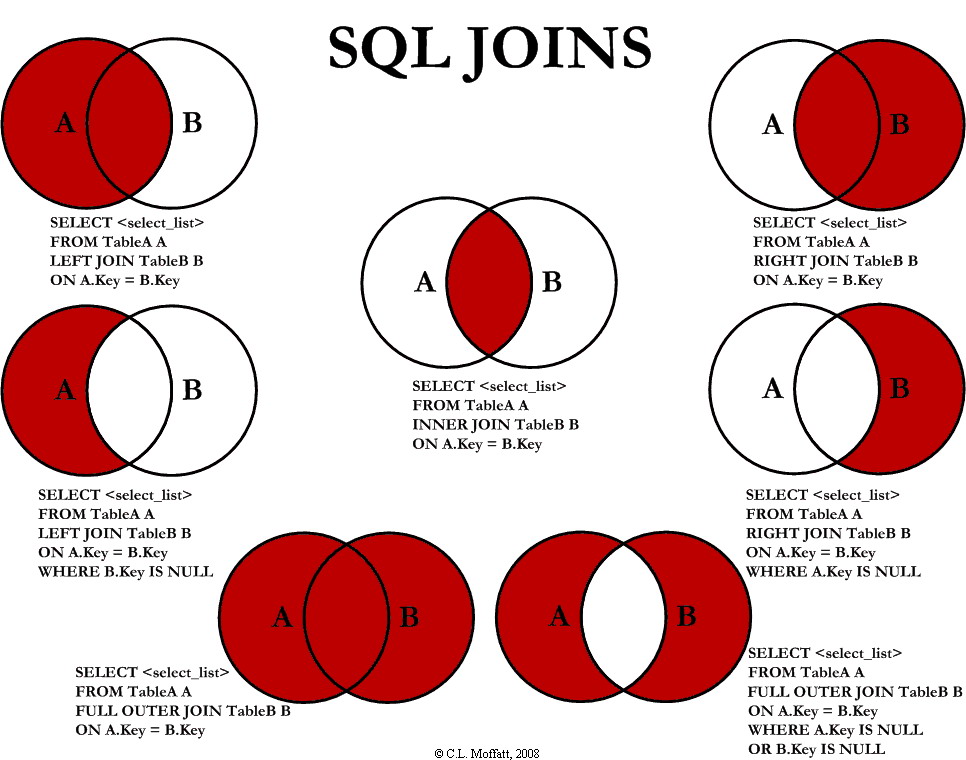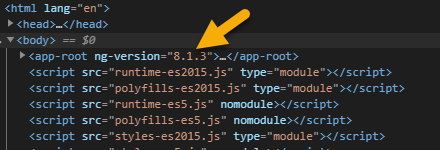PowerShell, Cmdlet Output to File
To send the output of a PowerShell cmdlet to a file use Out-File.
Syntax:
.\pwrshl.ps1 | Out-File -FilePath .\my.log
Notes:
- Use the -NoClobber to prevent from overriding an existing output file
- There are ways to specify the output file encoding type
References:
https://docs.microsoft.com/en-us/powershell/module/microsoft.powershell.utility/out-file
SUBSTRING (Transact-SQL)
The SUBSTRING function has the following syntax:
SUBSTRING ( expression, start, length )
Notes:
- It's an error to have a NULL expression
- The start is 1 based
To get around the NULL expression scenario, use the CASE WHEN ... expression in TSQL.
References:
https://docs.microsoft.com/en-us/sql/t-sql/language-elements/case-transact-sql
https://docs.microsoft.com/en-us/sql/t-sql/functions/substring-transact-sql
Setting commit user email, Git
Global Git configuration: (Windows) c:/users/{user}/.gitconfig
git config --global user.email "email@example.com"
git config --global user.name "John Doe"
Single Repository Level: /.git/config
git config user.email "email@example.com"
git config user.name "John Doe"
References:
forkJoin, TypeScript
Use Case: In cases where there are multiple HTTP requests and the code needs to wait until the responses from all the HTTP requests are available.
forkJoin waits for each HTTP request to complete and group’s all the observables returned by each HTTP call into a single observable array and finally return that observable array.
The result of a forkJoin is an Observable. The data returned when all of the HTTP request are fullfilled, is an array with elements in the same order as they were presented in the array passed to the forkJoin rxjs library function.
References:
https://medium.com/@swarnakishore/performing-multiple-http-requests-in-angular-4-5-with-forkjoin-74f3ac166d61
OData, Functions vs. Actions
Actions are operations exposed by an OData service that MAY have side effects when invoked. Actions MAY return data but MUST NOT be further composed with additional path segments.
Functions are operations exposed by an OData service that MUST return data and MUST have no observable side effects.
These are similar to SQL functions versus stored procedures.
In SQL, functions are generally used to query, whereas stored procedures could be used for both query and modifications (update/insert/delete).
References:
https://stackoverflow.com/questions/38089753/odata-v4-what-are-functions-and-actions-in-simple-terms
ngOnChanges lifecycle hook, Angular
Changes are only detected when the databound input property is changed via a template's binding. If the changes are done manually to a property on a component class, the change is not detected.
References:
Tsql, Rename Table Column
sp_rename '{table_name}.{column_old_name}', '{column_new_name}', 'COLUMN';
Microsoft recommends that you drop and recreate the table so that scripts and stored procedures are not broken.
https://www.techonthenet.com/sql_server/tables/alter_table.php
Tsql, Rename table
EXEC sp_rename 'schemaName.oldTableName', 'newTableName';
References:
https://docs.microsoft.com/en-us/sql/relational-databases/tables/rename-tables-database-engine
Software Test Fixture
A test fixture sets up the system under test (SUT) for the software testing process by initializing it (configuration and/or data) satisfying any preconditions the system may have.
Example: initialize a database with known parameters before running a test.
This allows for tests to be repeatable, which is one of the key features of an effective test framework.
In a non-software context, such as circuit boards, a test fixture is a setup or another device designed to hold the device under test (DUT) in place and allow it to be tested.
References:
TSQL - Find duplicates in a column
SELECT {col_name}, COUNT({col_name}) AS dupe_cntFROM {table_name}GROUP BY {col_name}HAVING COUNT({col_name}) > 1ORDER BY COUNT({col_name}) DESC
Replace:
- {col_name} with the column name being examined
- {table_name} with the respective table name
COL_LENGTH
Returns the table's column length in bytes:
COL_LENGTH ( 'table' , 'column' )
References:
https://docs.microsoft.com/en-us/sql/t-sql/functions/col-length-transact-sql
Using MSI for debugging in Visual Studio
To debug against Azure (e.g. getting access to Key Vault etc.) configure Visual Studio to use the account with which it uses to send credentials to Azure.
This configuration is under: Options => Azure Service Authentication => Account Selection
References:
https://docs.microsoft.com/en-us/azure/azure-app-configuration/howto-integrate-azure-managed-service-identity?tabs=core2x
https://docs.microsoft.com/en-us/azure/active-directory/managed-identities-azure-resources/overview
Azure Data Factory Trigger files
The trigger files are stored in a location similar to:
/common/workflows/datafactory/trigger/*.json
Each trigger has the following information:
- the schedule/condition defintion
- a collection of pipelines references
References:
Roslyn & RyuJIT
Roslyn
- The .NET Platform Compiler i.e. compiles your C# (etc) code into IL
- Has a public API e.g. could be included in your app to compile other code on-the-fly
RyuJIT
- Compiles the Roslyn generated IL into native code (only x64)
- No public API available
tracert, Windows
The TRACERT diagnostic utility determines the route to a destination by sending Internet Control Message Protocol (ICMP) echo packets to the destination.
References:
.NET Portability Analyzer
The .NET Portability Analyzer is an open source tool that is utitlized to analyze assemblies, files or directory of files for compatibility across .NET implementations.
This tool reports on the compatibility of the current app across .NET implementations.
It comes as:
- Visual Studio Extension - analyzes individual assemblies/projects or the solution
- A console app (ApiPort) - analyzes assemblies/files/directories

References:
- https://github.com/microsoft/dotnet-apiport
- https://docs.microsoft.com/en-us/dotnet/standard/analyzers/portability-analyzer

Debugging modes, VS Code
In VS Code, there are two core debugging modes, Launch and Attach.
- Starting in the browser
- When you open DevTools in a browser, you are attaching DevTools to the open browser tab.
- Starting in the code editor
- The editor launches your process, and it automatically attaches its debugger to the newly launched process.
References:
Launch Configuration, VS Code
A configuration file allows you to configure and save debugging setup details.
VS Code keeps debugging configuration information in a launch.json file located in a .vscode folder in your workspace (project root folder)
References:


